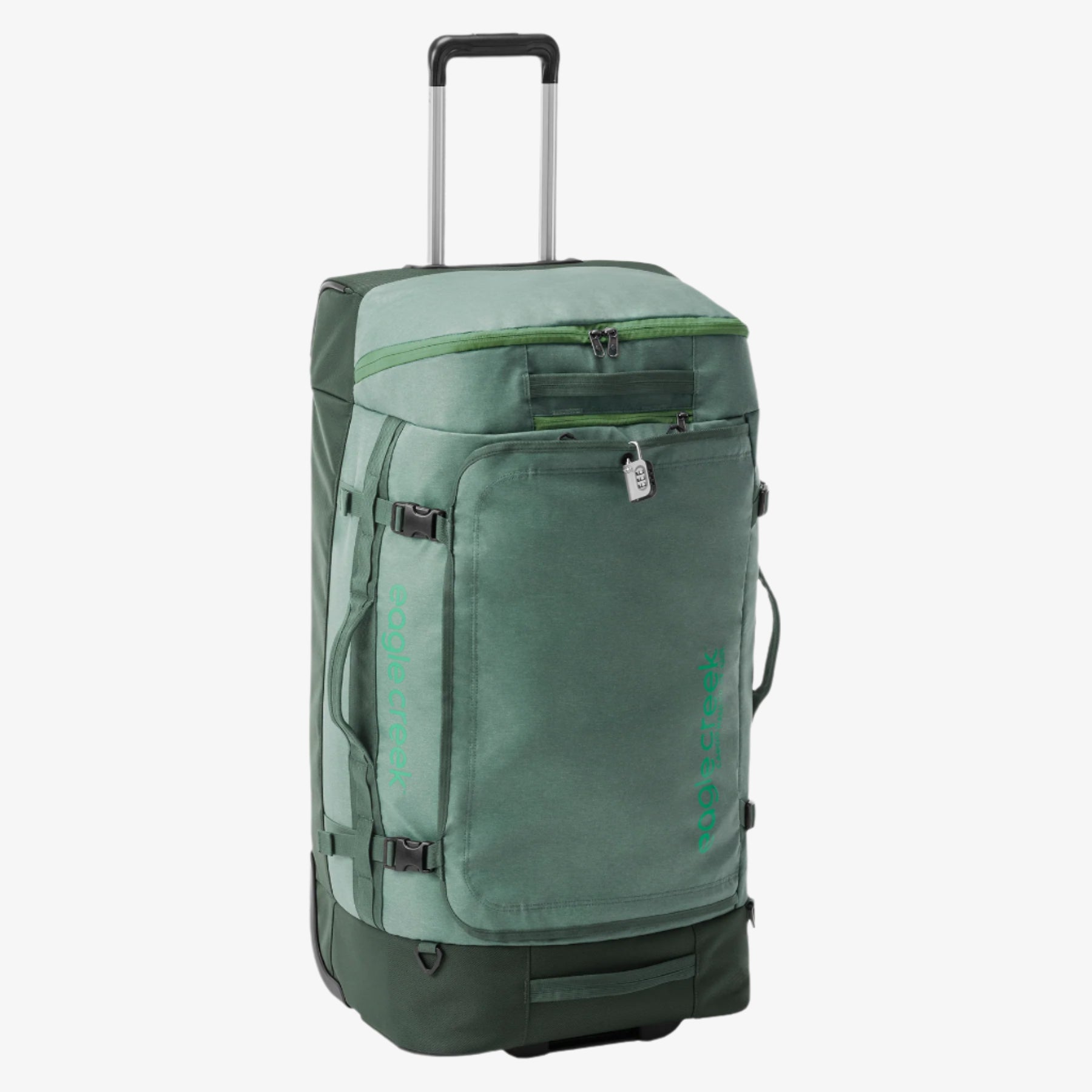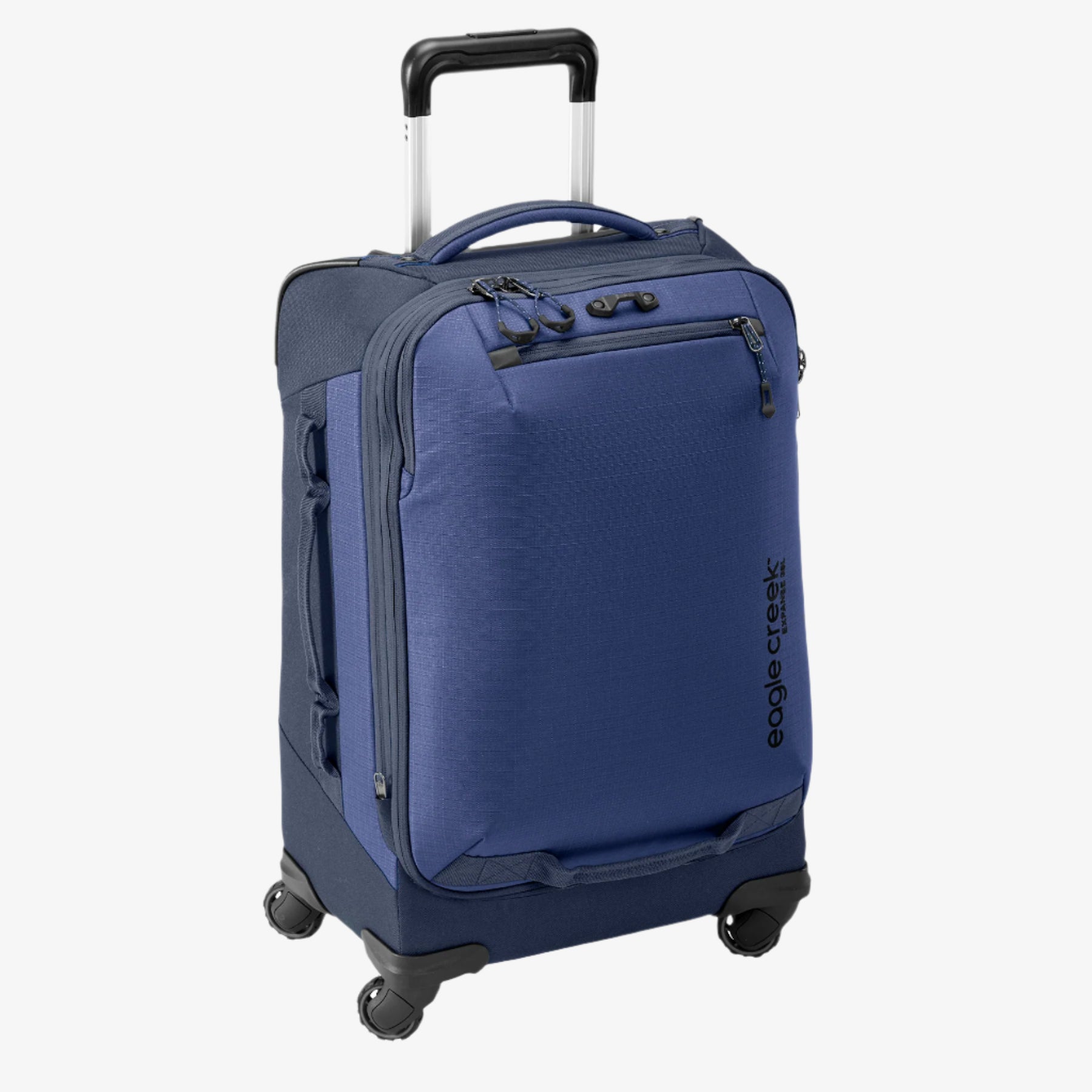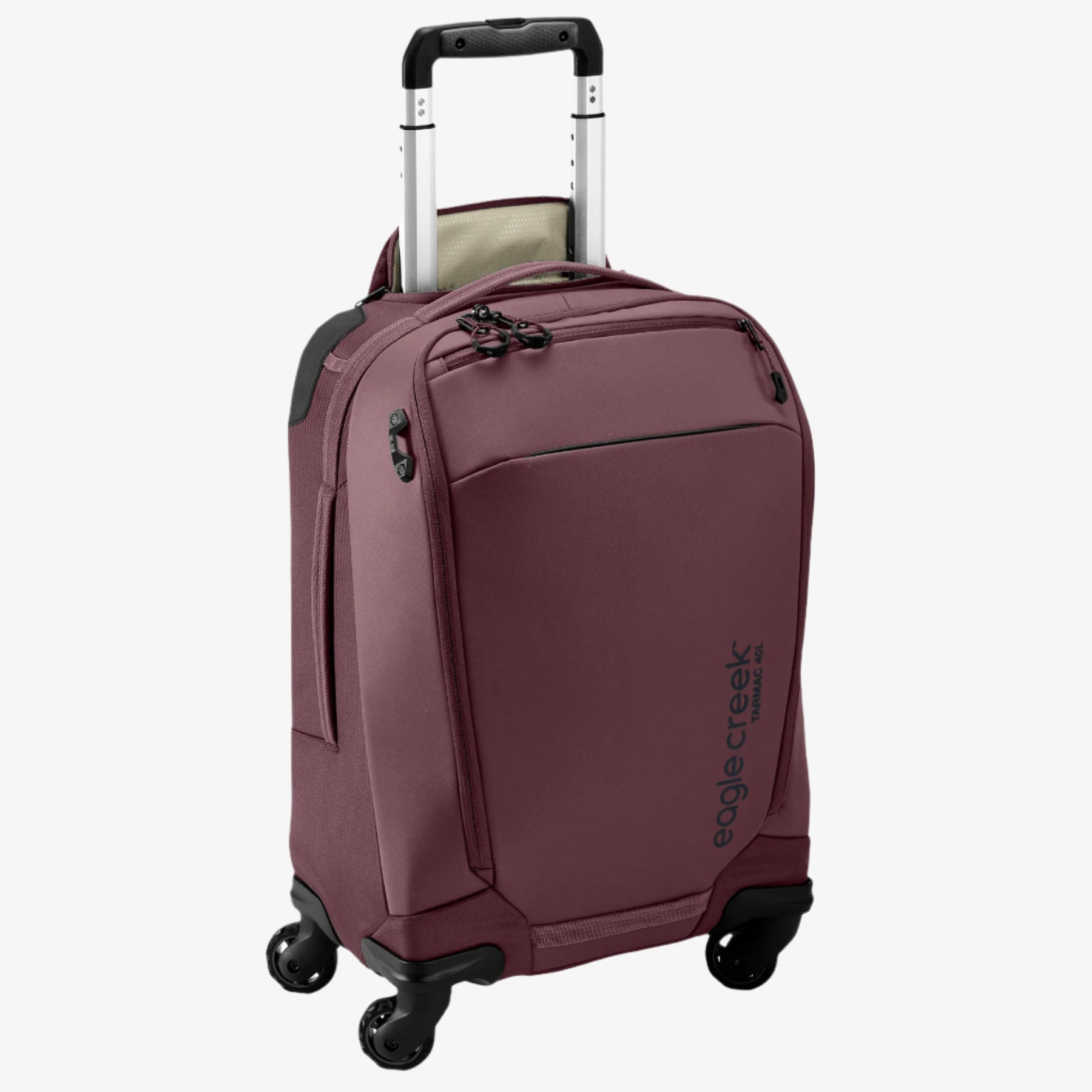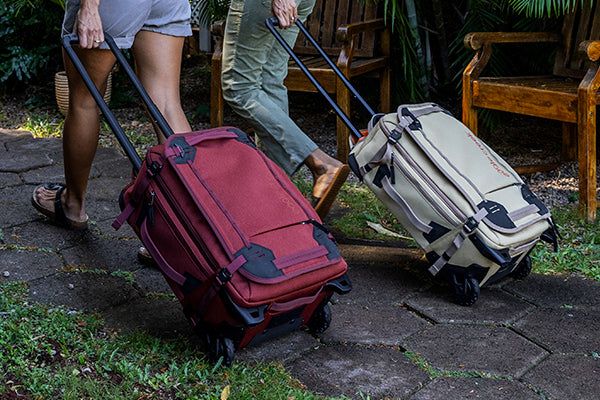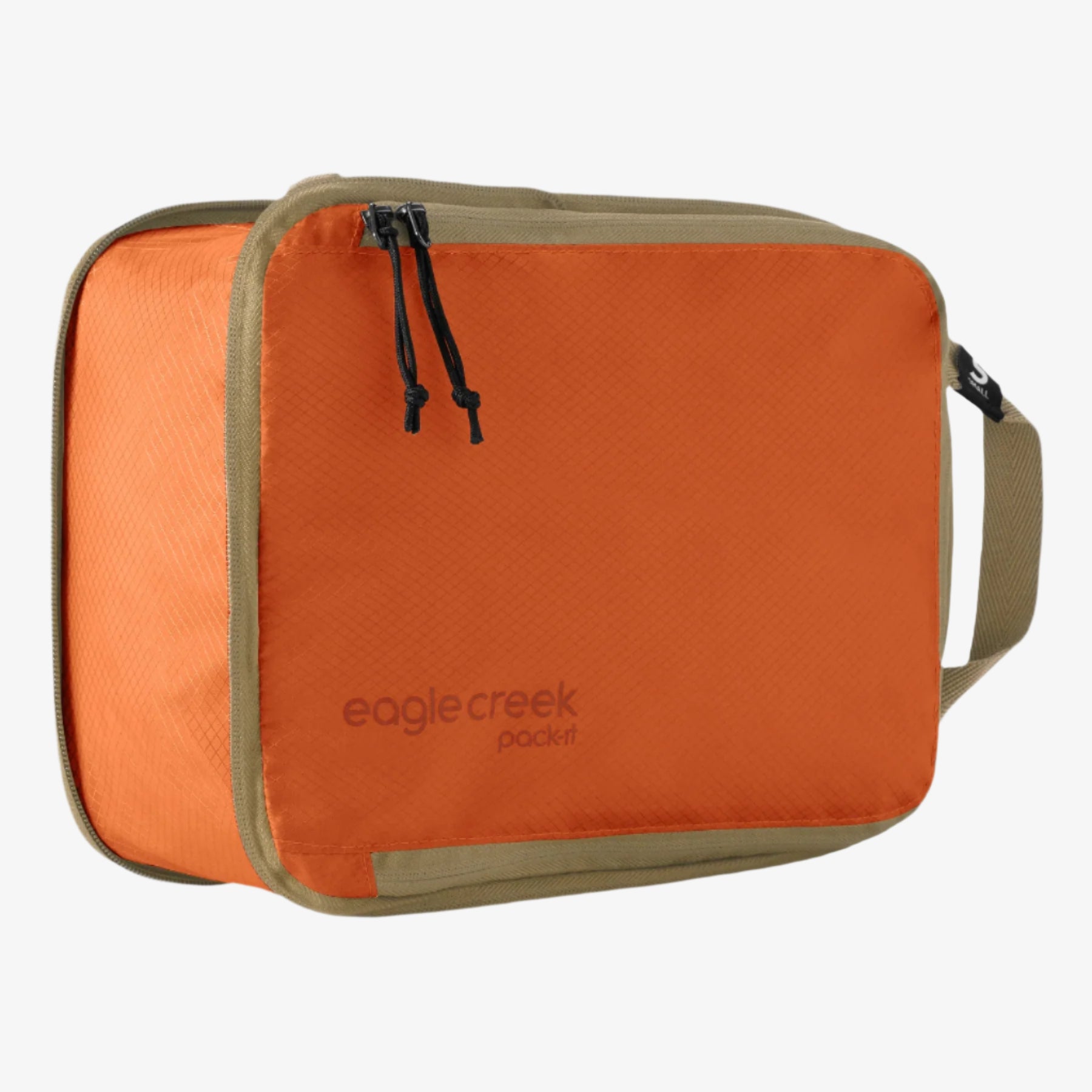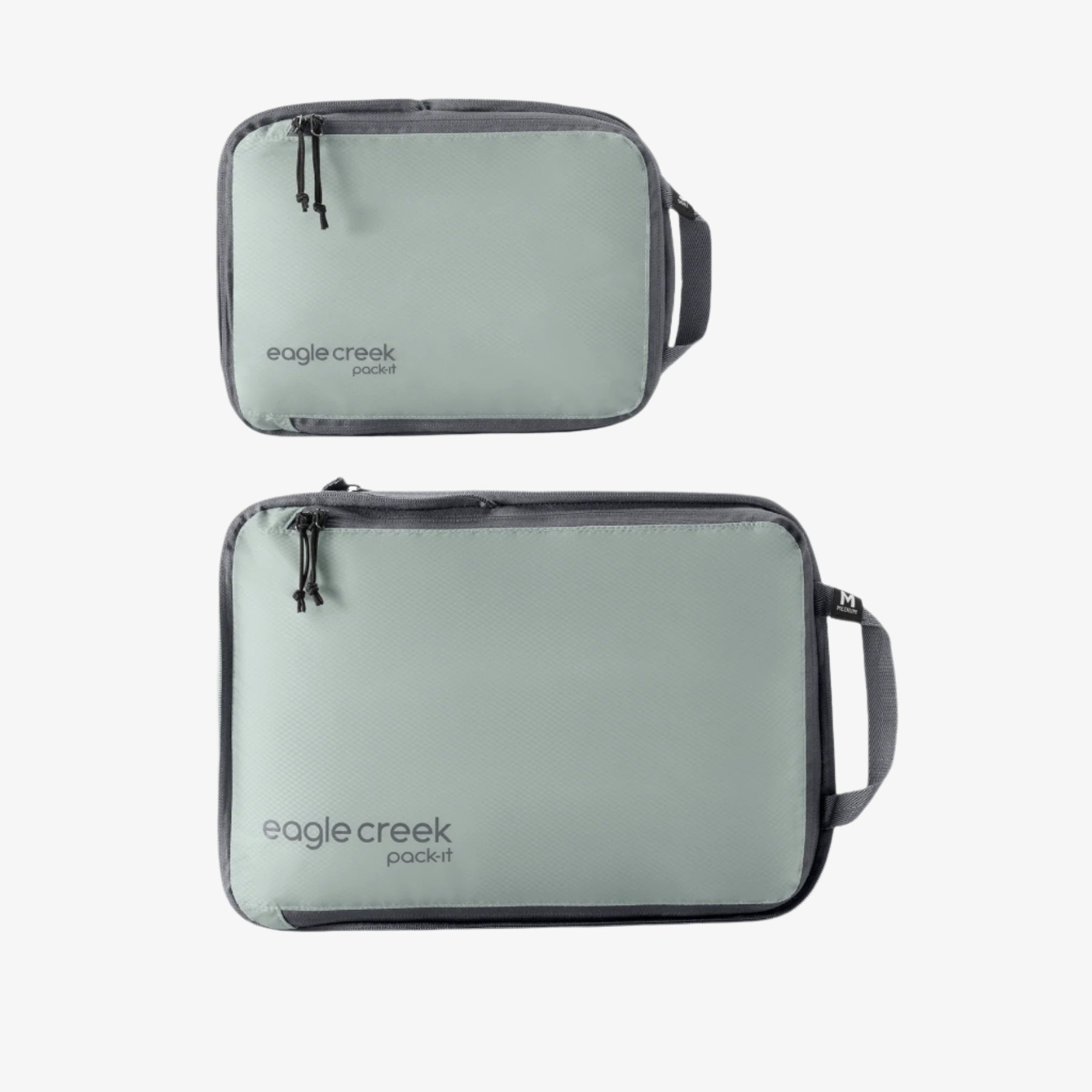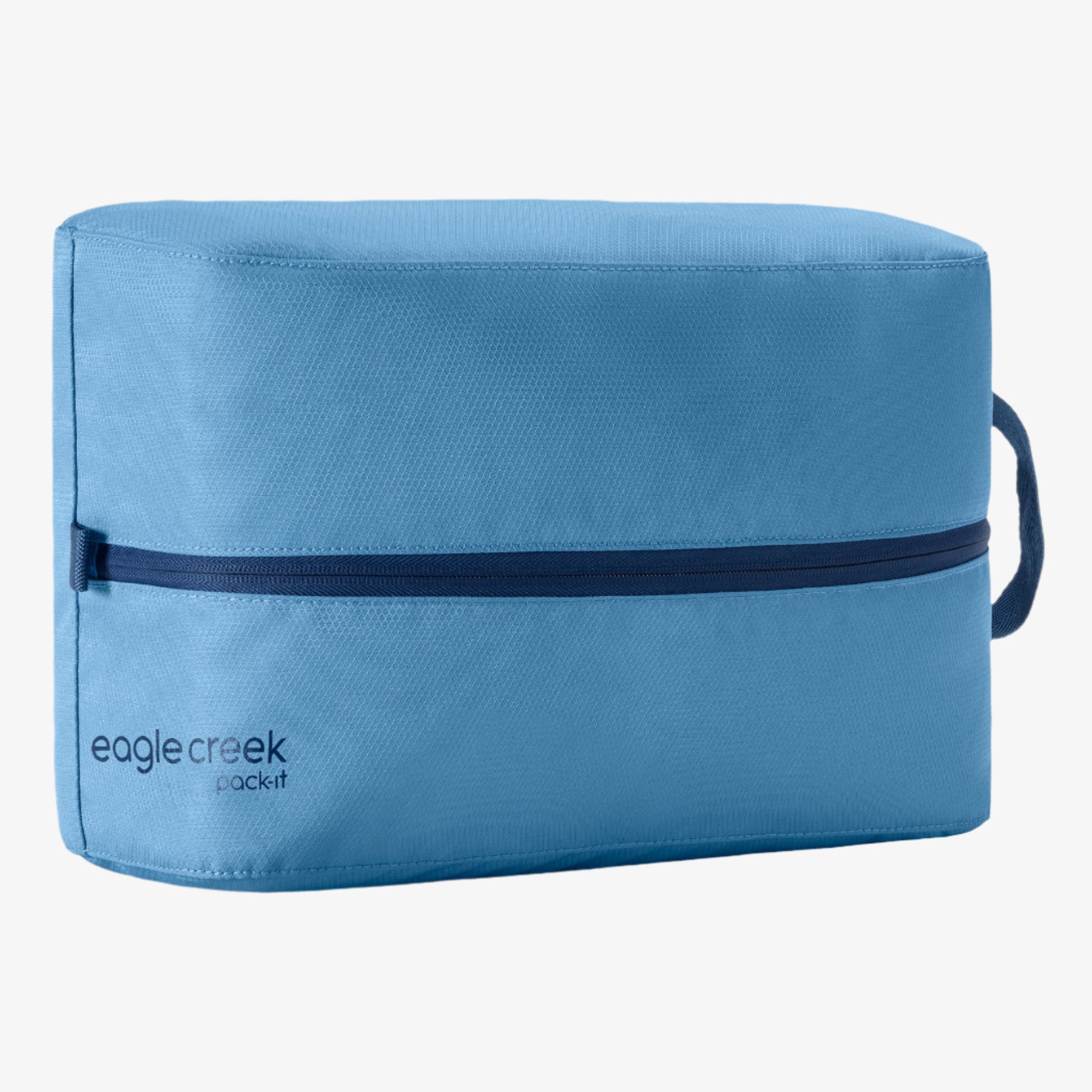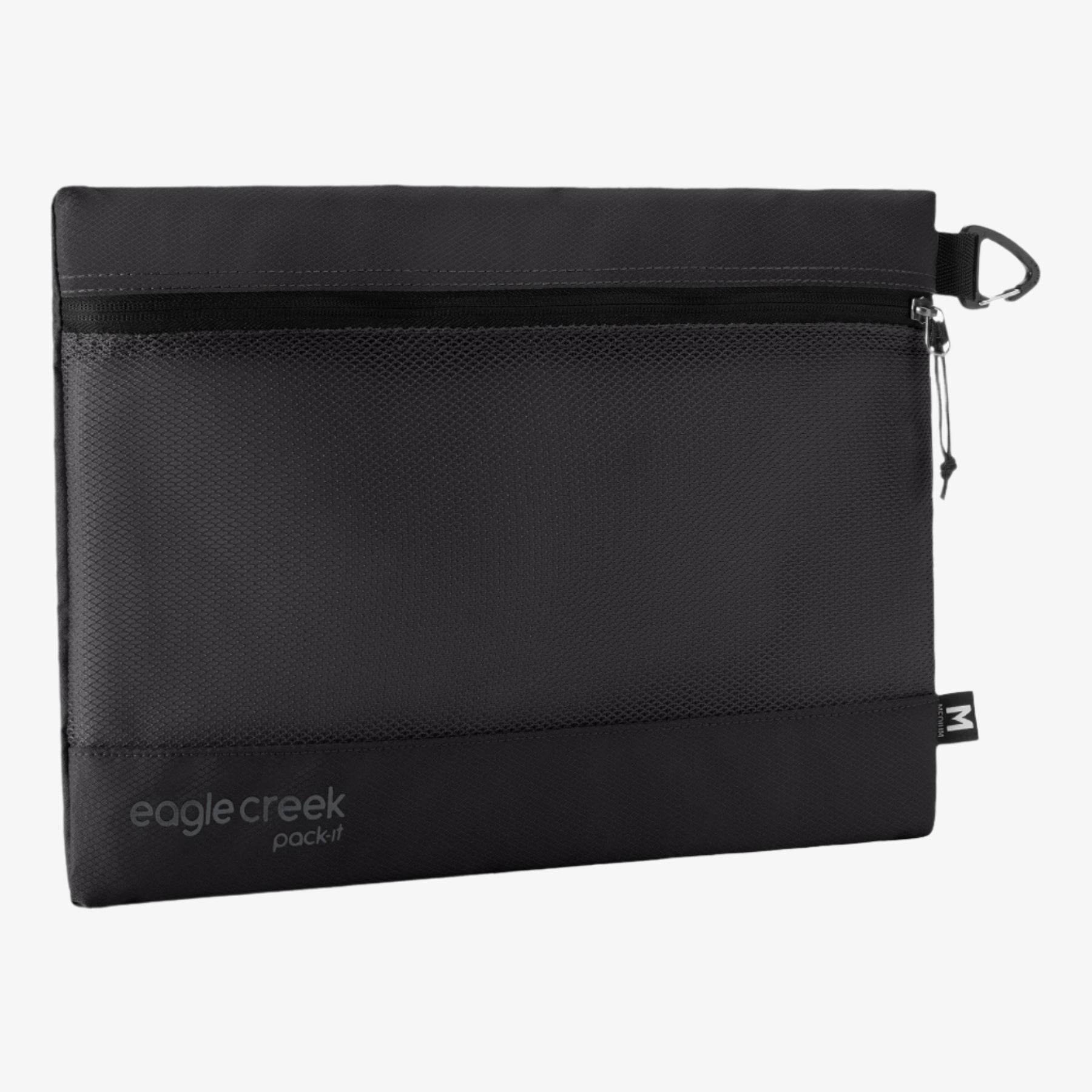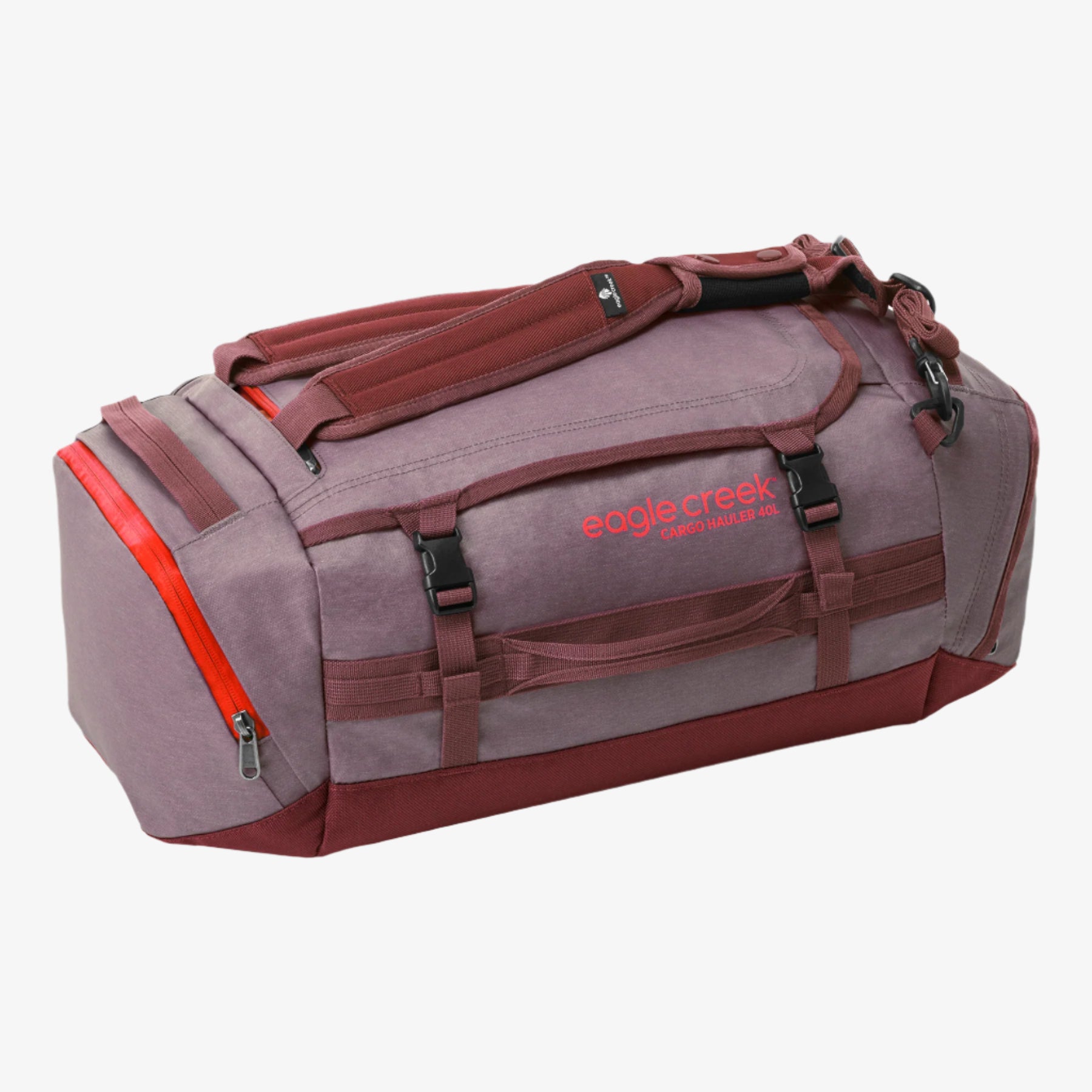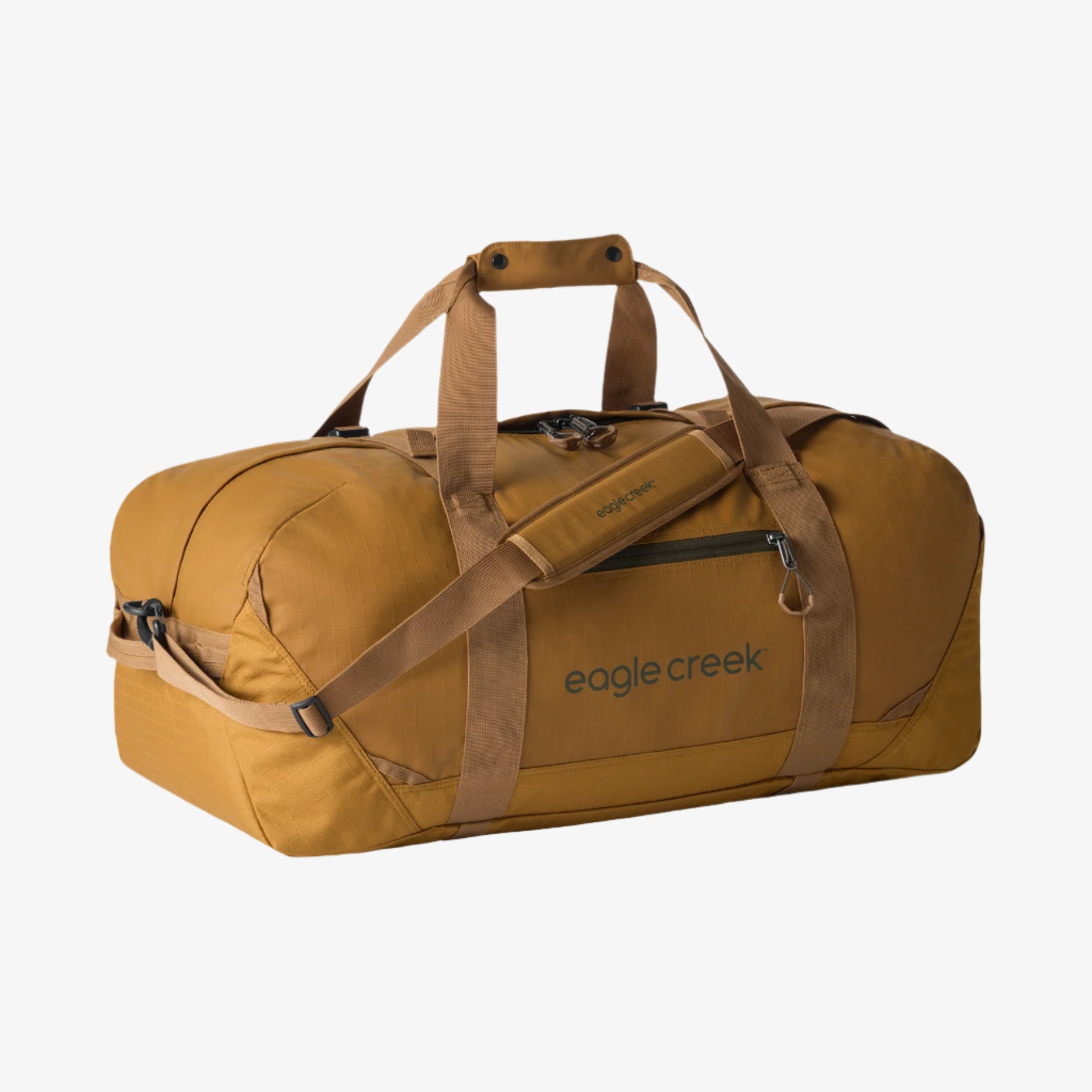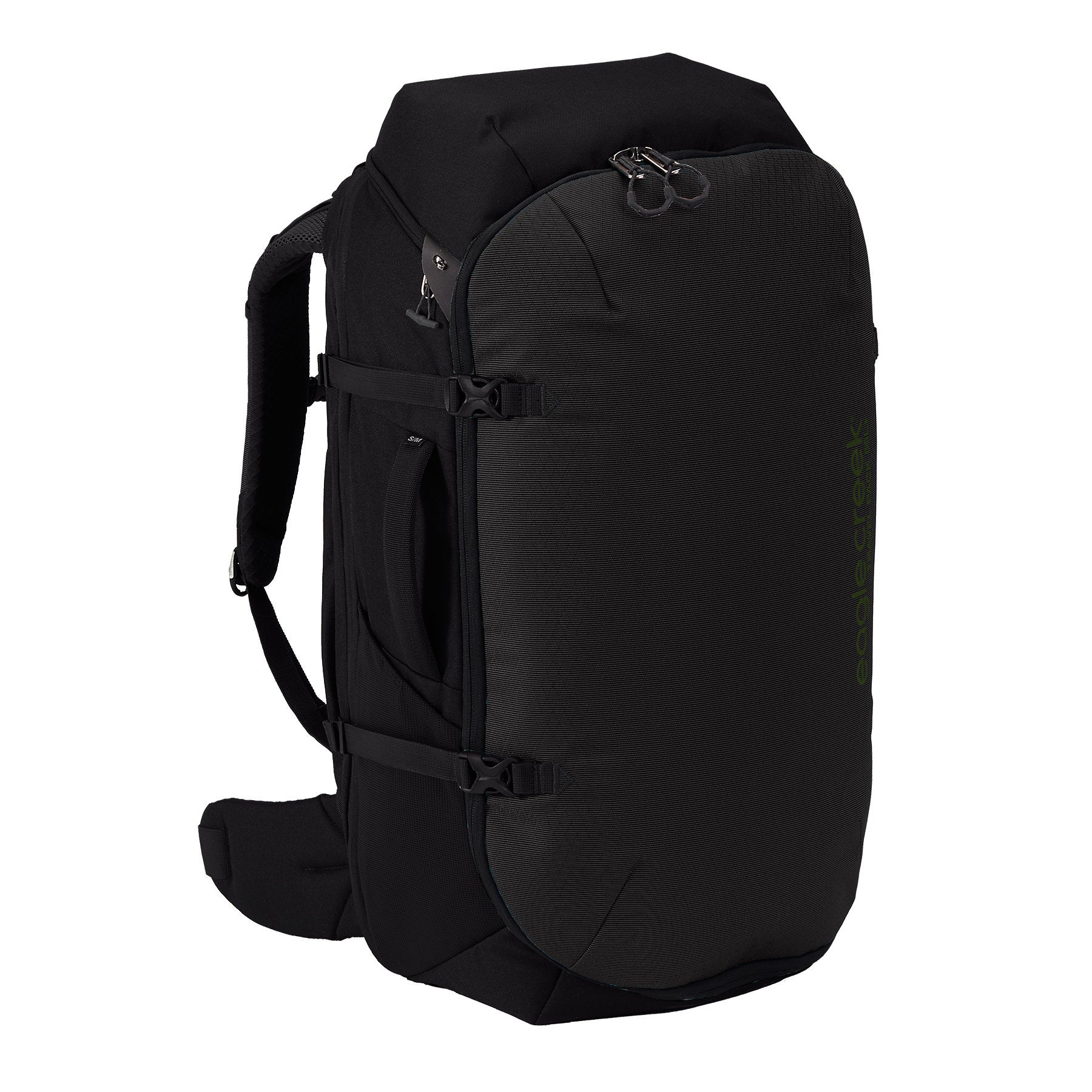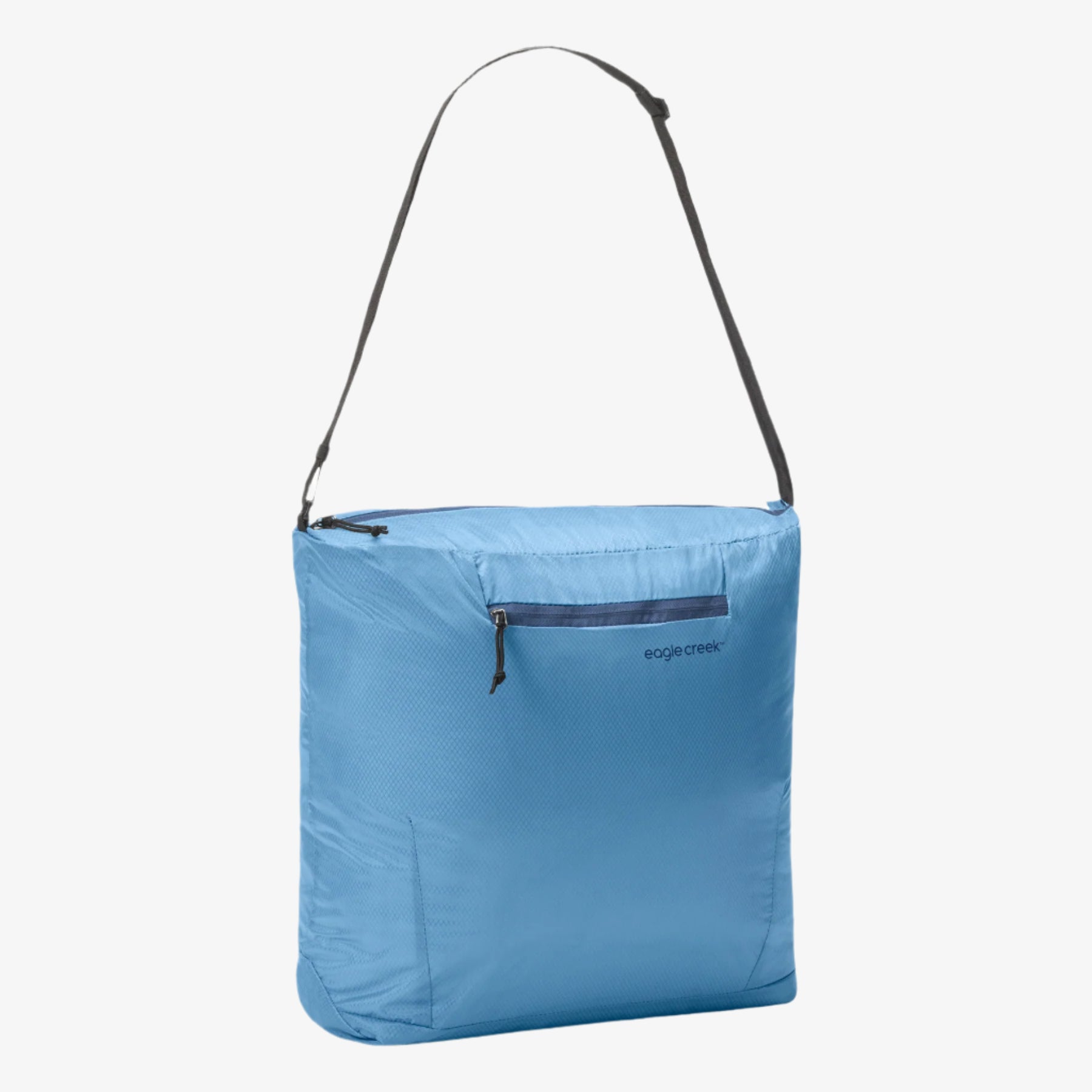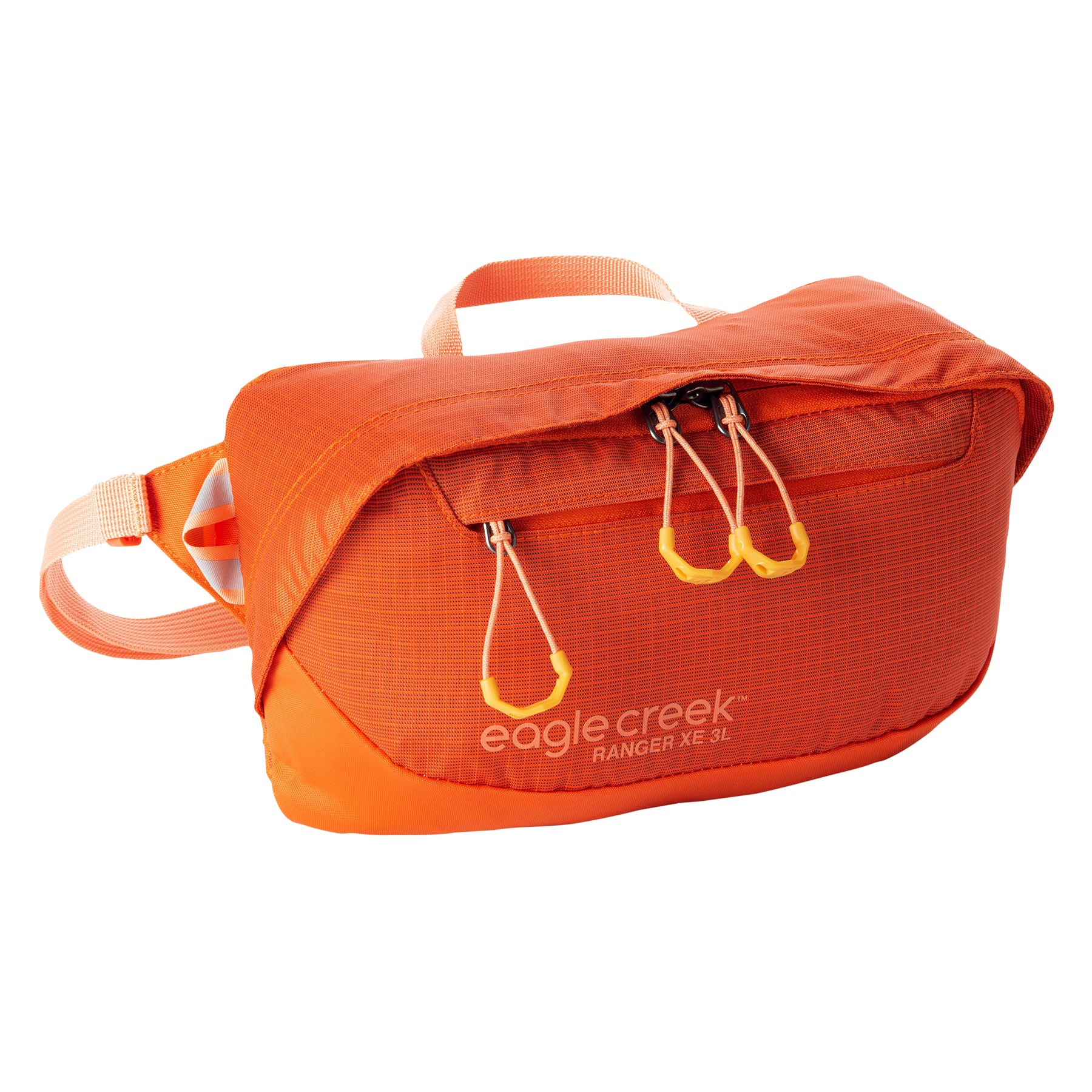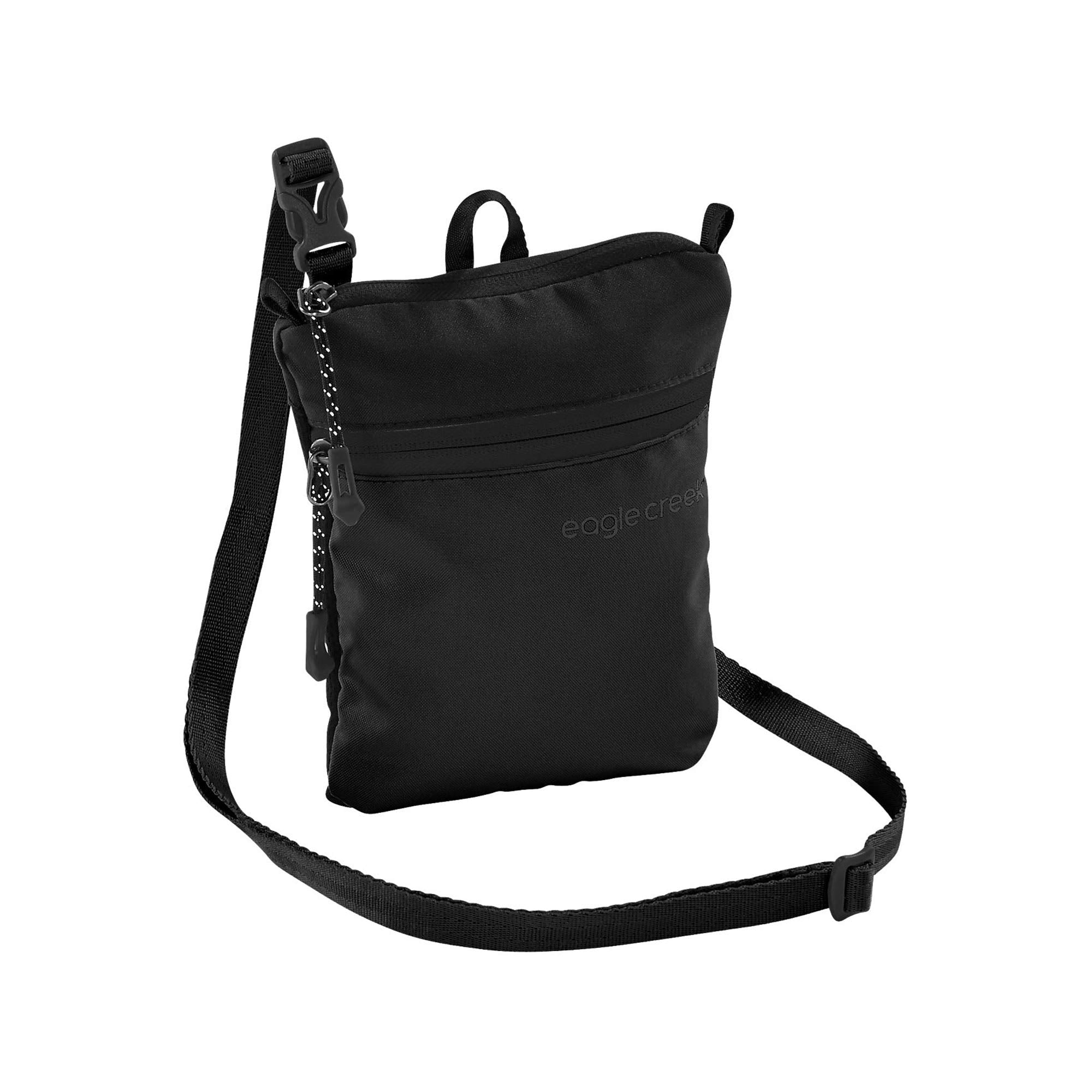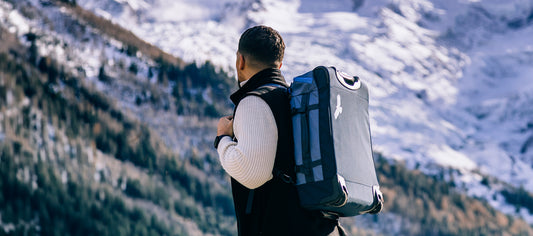
Astrotourism is one of the top travel trends for 2020. From Chile to India to the USA, here are six vacation ideas that will give you an unobscured view of the stars.
If you’ve ever looked at the stars and contemplated visiting space, we’ve been there, too: According to scientists, more than 80 percent of the world and 99 percent of the U.S. population lives in an area with an obscured view of the stars. And while the 2017 eclipse might have sent our appetites for astrotourism to new heights, many of us won’t be visiting the cosmos anytime soon. However, we can certainly fantasize about doing so from Earth. From the U.S. to Chile to New Zealand, here are six travel destinations worth packing your bags for that will give star struck travelers an unobstructed view of the night sky.
USA: Central Idaho Dark Sky Reserve
This 1,416 square mile stretch of land in central Idaho was dubbed a dark sky reserve in late 2017 by the International Dark Sky Association, which is a fancy way of saying an area offers visitors an exceptionally great view of the stars. Not only does the Central Idaho Dark Sky Reserve enjoy that distinction, it also earned IDA’s “gold tier” status, meaning that it has some of the least light pollution of any of twelve similar sites worldwide. Idaho residents worked for almost two decades to manage and reduce light pollution to ensure the area earned this status. The best way to experience it? By camping under the stars in the Sawtooth National Forest. If a cabin is more your speed, try the Stanley High Country Inn, located at the gateway to the forest close to outdoor activities like trail hiking and horseback riding.
Best Time To Visit: May - November. In addition to hiking and horseback riding, biking, white water rafting, fishing, and camping are all available during the summer months.
New Zealand: Aoraki Mackenzie International Dark Sky Reserve
Located in the Mackenzie Basin of New Zealand’s south island, the Aoraki Mackenzie Dark Sky Reserve is the largest in the southern hemisphere. The area has been protected from light pollution since 1981, when outdoor lighting controls were first put into place out of respect for the Maori, a group of indigenous Polynesians who—as the island’s first residents—used the stars to navigate. The Mackenzie Basin is known to have the clearest sky throughout New Zealand: Head to the top of Mount John for a view of 50 million stars through one of six telescopes, or opt for a tour with Tekapo Stargazing. The first half of their two-hour tour is devoted to viewing the stars via high-powered telescopes and virtual reality headsets; the second allows you to kick back and enjoy them at your leisure while enjoying a relaxing soak in their on-site heated pool.
Best Time To Visit: While the stars look great on clear nights year-round, the sky is often clearest during the cool winter months (June - August).
Chile: San Pedro de Atacama Celestial Explorations
Located on the border of Bolivia, Argentina, and Chile, San Pedro de Atacama is home to 15 telescopes, the largest park of telescopes in South America. Each will give you an unobstructed view of the stars, and guides will gladly explain how to “read” where constellations are in English, French, or Spanish. Each tour ends with a warm drink around a campfire before your drive back to Atacama Lodge in San Pedro, a hotel that caters to amateur astronomers who are adventurers at heart: The area is also home to Moon Valley, a natural sanctuary which bears a striking resemblance to lunar soil, and The Valley of the Geysers of the Tatio. Be prepared for whatever adventure you choose with the Migrate Duffel, a roomy bag that can also be used as a backpack.
Best Time To Visit: November - March, or any month except January (which tends to be one of the rainiest months of the year).
Canada: Jasper Dark Sky Festival
Located in the Canadian Rockies in Alberta, Canada, the Jasper Dark Sky Festival takes place in October each year, attracting stargazers from all over the world who are eager for a glimpse at 500,000 stars. While the Jasper Preserve is the second largest in the world and one of 17 similar sites in Canada, it’s one of the most accessible—great news for travelers who prefer to park their roller bag in a hotel instead of camping under the stars. You’ll also find plenty of activities to enhance your trip, such as panel discussions from experts on space travel, and outdoor concerts under the stars.
Best Time To Visit: While the entire month of October has been dubbed Dark Sky Month in Jasper National Park, it’s best to check their website to book your travel around the festival dates to get the most out of your trip.
Africa: NamibRand Nature Reserve
One of the world’s best places to visit to avoid light pollution, Africa has no shortage of destinations that will delight new and veteran astrotourists alike. Namibia’s NamibRand Nature Reserve, which recently earned dark sky reserve status from the IDA, is among the best: Registered as a non-profit private nature reserve in 1992, it sustains itself via low-impact tourism. While there are plenty of tourism packages available, it’s worth planning in advance to stay at one of 20 rooms at the Sossusvlei Desert Lodge, a luxurious desert outpost with trained astronomy guides that will point out constellations as well as planets, such as Saturn and Jupiter.
Best Time To Visit: Though opportunities for stargazing exist year round, it’s best to visit during the dry, peak season of June through October to avoid having rain and clouds spoil your stargazing plans.
Norway: Hurtigruten Astronomy Voyage
If you’ve always wanted to see the Northern Lights but haven’t gotten a look at them yet, consider taking to the water instead for a cruise. While Hurtigruten offers many cruises to Greenland, South America, Antarctica, and Europe, their twelve-day Astronomy Voyage sails from the town of Bergen to Kirkenes, Norway past fjords and wildlife, under a spectacular view of the Northern Lights. While most voyages guarantee passengers a great view of the lights—of the 34 ports between the two cities, 22 are north of the Arctic Circle—they occasionally get obscured by clouds. If this happens, don’t fret! The company guarantees a free trip to make it up to you during the following season.
Best Time To Visit: October - March gives you the best chance of seeing the lights in the Auroral Zone, an area known for its consistent auroral activity.
If you’re a stargazer who knows of a great spot to watch the stars that isn’t listed here, tag us with your best tip on Instagram or Twitter!
Related Links (From The Eagle Creek Blog):
The Ultimate Guide To Chasing The Northern Lights
